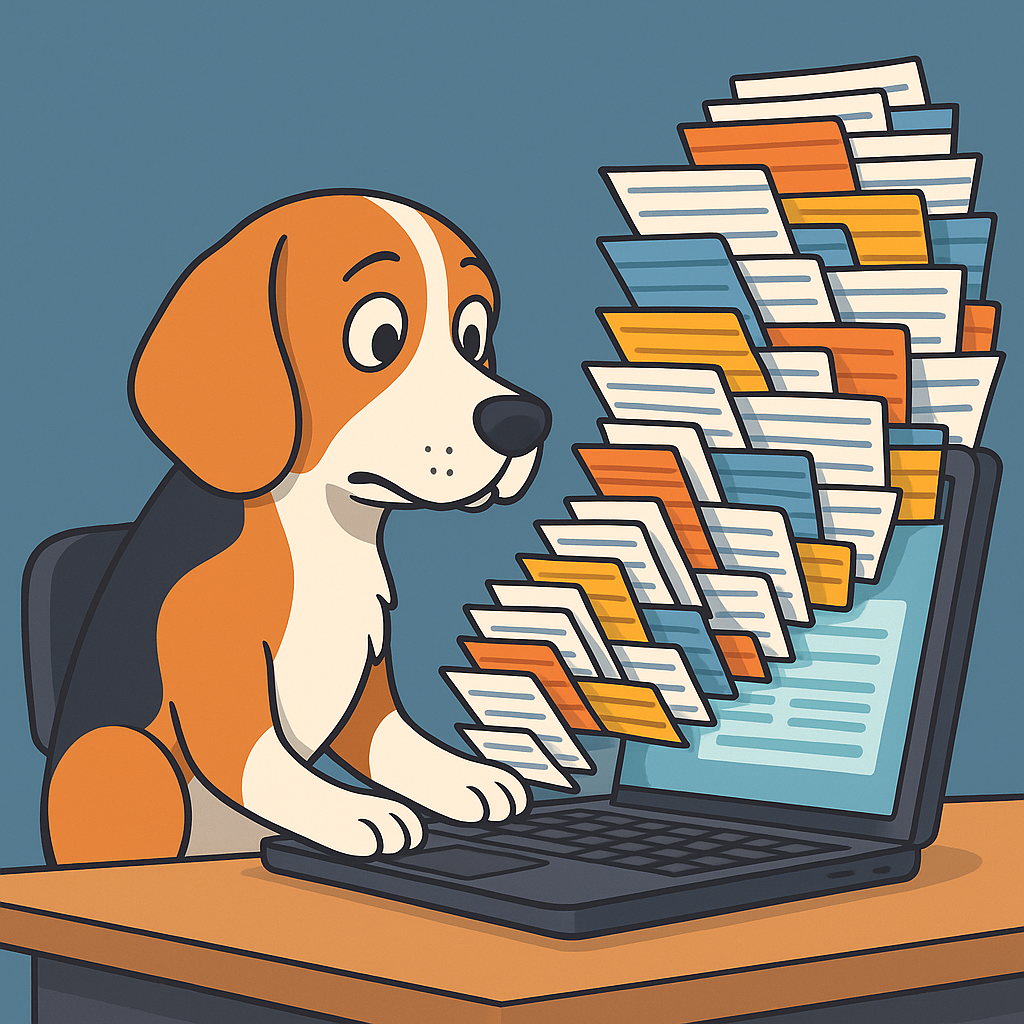Tab hoarding can wear a system down
We’ve all been there — 27 tabs open across two browser windows, each one maybe important, but most just hanging around “for later.” It might seem harmless, but this habit can quietly drag your system down.
🔁 Tabs Eat Memory
Each open tab consumes your computer’s RAM. Modern websites are full of background scripts, videos, trackers, and ads that continue running even if you’re not looking at the tab. According to Google Chrome’s support docs, each tab runs its own process — meaning more tabs equal more memory usage.
🐌 Performance Slows
As RAM usage climbs, your entire system can start to lag — not just the browser. This is especially noticeable on systems with 8GB of RAM or less. Microsoft confirms in Edge’s performance documentation that tab management is key to keeping memory use low and performance high.
🔋 Battery Drain
Laptops suffer the most. Background scripts and auto-playing media continue to use CPU cycles and keep the system awake, draining battery life. A study by Battery University notes that excessive CPU load from web browsers is a top contributor to lithium battery wear and shortened charge cycles.
🔐 Security Risks
Leaving sensitive websites (like banking portals, admin dashboards, or HR systems) open for long periods can increase the risk of session hijacking and other vulnerabilities — especially if your device is left unattended or unlocked.
✅ What You Can Do
- Bookmark tabs for later – Don’t keep them open as reminders.
- Use tab managers – Try tools like OneTab or The Great Suspender to reduce open tab memory.
- Set a soft limit – Aim to keep fewer than 10 tabs open at once.
- Restart your browser daily – Just like rebooting your PC, this refreshes memory and reduces resource bloat.
Bottom Line: Fewer tabs = faster performance, better battery life, and improved focus.
Want help optimizing your systems or training your team on smarter habits?
👉 Get Your Free Technology Assessment & Network Audit
